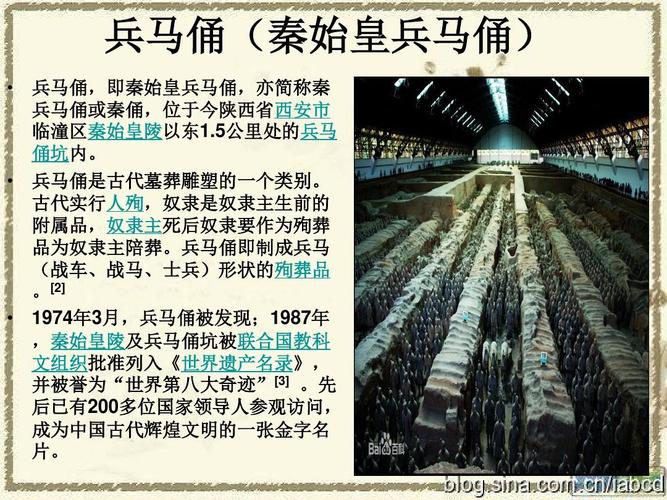
The Significance of the Terracotta Army
The Terracotta Army, an awe-inspiring collection of life-size terracotta sculptures, stands as a testament to the power and ambition of Qin Shi Huang, the first emperor of a unified China. Discovered in 1974 near Xi'an, China, this vast underground necropolis has captivated the world with its sheer scale and intricate craftsmanship. The Terracotta Army provides significant information to the understanding of ancient Chinese military structure, weaponry of the time, and the reign of Qin Shi Huang. It is an important discovery that will continue to provide valuable historical finds.
Unprecedented Insights into Ancient Chinese Military Structure
Prior to the discovery of the Terracotta Army, our knowledge of ancient Chinese military practices was primarily derived from written texts and a limited number of archaeological finds. The Terracotta Army provides an unparalleled glimpse into the military organization and tactics of the Qin dynasty.
- Military Ranks and Divisions: The statues depict a clear hierarchical structure within the Qin army, with distinct uniforms, armor, and hairstyles denoting different ranks. The presence of chariots, infantry, and cavalry reveals a sophisticated understanding of combined arms warfare.
- Military Equipment and Weaponry: The terracotta warriors are outfitted with a wide array of weaponry, including bronze swords, spears, crossbows, and halberds. The meticulous detail of these weapons provides invaluable information about the manufacturing techniques and materials used in ancient China.
- Strategic Formation and Tactics: The arrangement of the Terracotta Army, with its various units arranged in battle formation, suggests advanced tactical planning and a deep understanding of military strategy. This has allowed historians to reconstruct possible battlefield scenarios and gain insights into the military mind of Qin Shi Huang.
Illuminating the Reign of Qin Shi Huang
As the ruler who unified China after centuries of division, Qin Shi Huang's reign was marked by both great achievements and brutal tyranny. The Terracotta Army, commissioned by the emperor to protect him in the afterlife, sheds light on key aspects of his reign:
- Unification and Centralization: The sheer scale of the Terracotta Army, with its thousands of individually sculpted warriors, reflects the vast resources and manpower at Qin Shi Huang's disposal. This highlights the emperor's success in centralizing power and mobilizing the resources of his vast empire.
- Obsession with Immortality: The construction of such an elaborate mausoleum complex, complete with a life-size army, speaks volumes about Qin Shi Huang's obsession with immortality. It reveals the lengths to which he was willing to go to ensure his power and legacy extended beyond the grave.
- Artistic and Technological Prowess: The Terracotta Army is a testament to the artistic and technological sophistication of the Qin dynasty. The lifelike sculptures, with their individual expressions and intricate details, showcase the skill of the artisans who created them. Moreover, the production of thousands of ceramic figures on such a scale speaks to the advanced manufacturing techniques of the time.
A Legacy of Historical Discovery
The Terracotta Army remains an active archaeological site, with ongoing excavations continuing to yield new discoveries and insights.
- Ongoing Conservation Efforts: The preservation of the Terracotta Army is a complex and ongoing challenge. Researchers are constantly working to develop new methods for conserving the delicate pigments and preventing further deterioration of the statues.
- New Discoveries and Interpretations: Each new excavation at the site has the potential to rewrite our understanding of the Qin dynasty. The recent discovery of chambers containing bronze chariots and weapons, for example, has provided invaluable new information about ancient Chinese technology and craftsmanship.
Q&A
1. What is the purpose of the Terracotta Army?
The Terracotta Army was built to accompany the first emperor of China, Qin Shi Huang, in the afterlife. It was believed that these terracotta warriors would protect him and help him rule in the next world.
2. How many Terracotta Warriors are there?
It is estimated that there are over 8,000 terracotta soldiers, 130 chariots with 520 horses, and 150 cavalry horses buried within the three pits of the Terracotta Army.
3. Why are the Terracotta Warriors important?
The Terracotta Army provides invaluable insights into the military organization, weaponry, and cultural practices of the Qin dynasty. They offer a rare glimpse into a pivotal period in Chinese history and continue to be a source of fascination and discovery for historians and archaeologists.